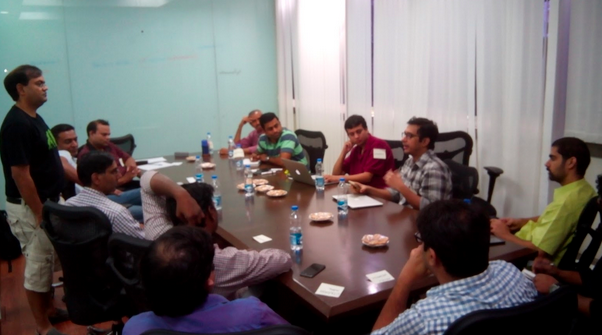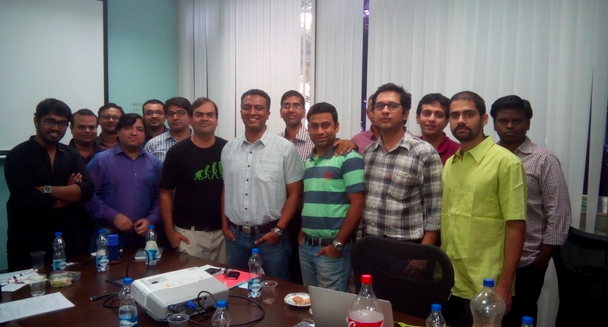India’s B2B software product industry has grown nicely since we published the first edition of this index in November 2014 – the top 30 companies are valued at $10.25 billion (₹65,500 crores) and employ over 21,000 people. The index has grown 20% in USD terms and 28% in INR terms from October 30, 2014 to June 30, 2015.
 There has been an acceleration since 2010 in the pace of creation of B2B companies. Vertically-focused offerings in retail, travel, financial services, media have reached scale and we are likely to see some larger exits in terms of IPOs or M&A over the next couple of years. In parallel, we are seeing horizontal offerings targeting global markets emerge and start to breakout of India into the US and other global markets – we are starting to see not only India-based venture funds backing these companies but also Silicon Valley funds coming in once there is initial customer adoption in the US.
There has been an acceleration since 2010 in the pace of creation of B2B companies. Vertically-focused offerings in retail, travel, financial services, media have reached scale and we are likely to see some larger exits in terms of IPOs or M&A over the next couple of years. In parallel, we are seeing horizontal offerings targeting global markets emerge and start to breakout of India into the US and other global markets – we are starting to see not only India-based venture funds backing these companies but also Silicon Valley funds coming in once there is initial customer adoption in the US.
A new set of founders are coming into the B2B software products ecosystem. These include an increasing proportion who have worked at consumer and B2B startups that have scaled in India and who have identified problems that they can solve with software automation. We are also seeing continued venture creation from founding teams that have backgrounds from established enterprise software companies and some from IT services companies.
In terms of target markets, fast-growth Indian companies (in sectors such as organized retail, organized healthcare services and technology startups in product commerce and services commerce i.e. online-to-offline) are starting to purchase software from Indian B2B software product startups and have globally-aligned requirements, helping these startups get closer to product-market fit before or in parallel to starting to sell globally. We are also seeing many startups go global from day-one through a desk-selling model, as evidenced by many of the companies in the index. And finally, several startups have moved founders to the US and are succeeding in direct selling models there.
Some of the numbers: 80% of companies have global customer bases, while the rest are India-focused. 67% of companies are domiciled in India, with the rest principally in Singapore and the US. Bangalore and NCR account for half the companies’ principal city of operations with Chennai and Pune as key secondary hubs – there is a trend to newer companies starting up in Bangalore, Chennai and Pune and away from NCR. Average enterprise value per employee is climbing toward Silicon Valley levels – the index currently nets out to $480k per employee.
The top 30 companies in alphabetical order are:
Here’s the report in its entirety:
Thanks to all the volunteers at iSPIRT who worked on this project as well as Professor Sharique Hasan of Stanford Graduate School of Business, Stanford University; Professor Rishi Krishnan of IIM-Indore; as well as Signal Hill for providing public market valuation comparables and Rakesh Mondal for designing the document..
We will publish an updated iSPIxB2B index every year starting with the next one in June 2016 – please do click here to submit names of companies you think should make this list.


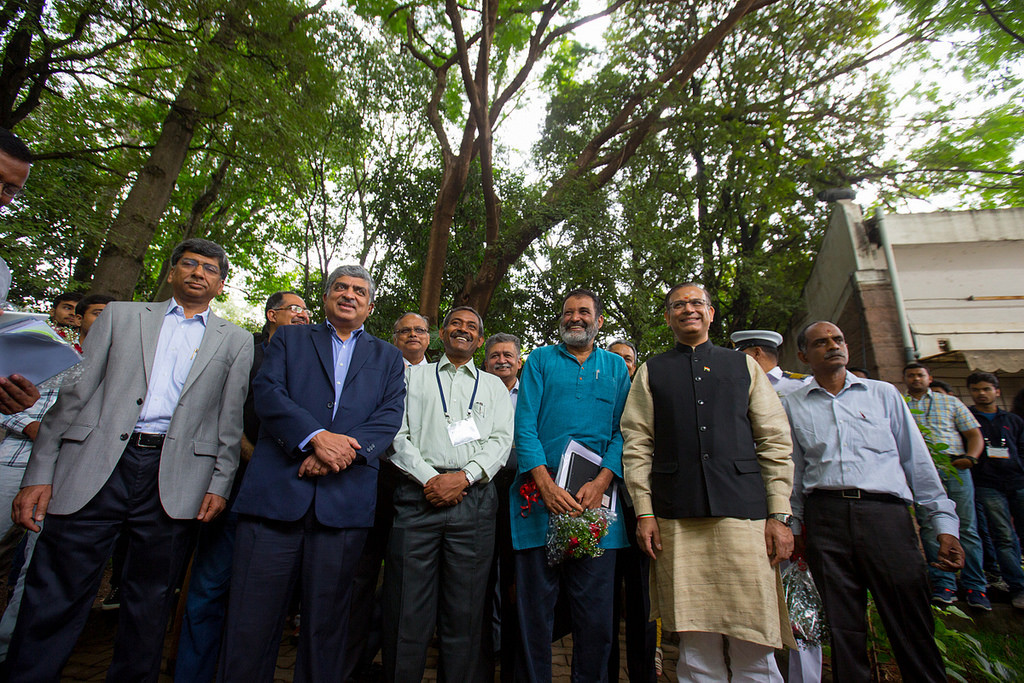
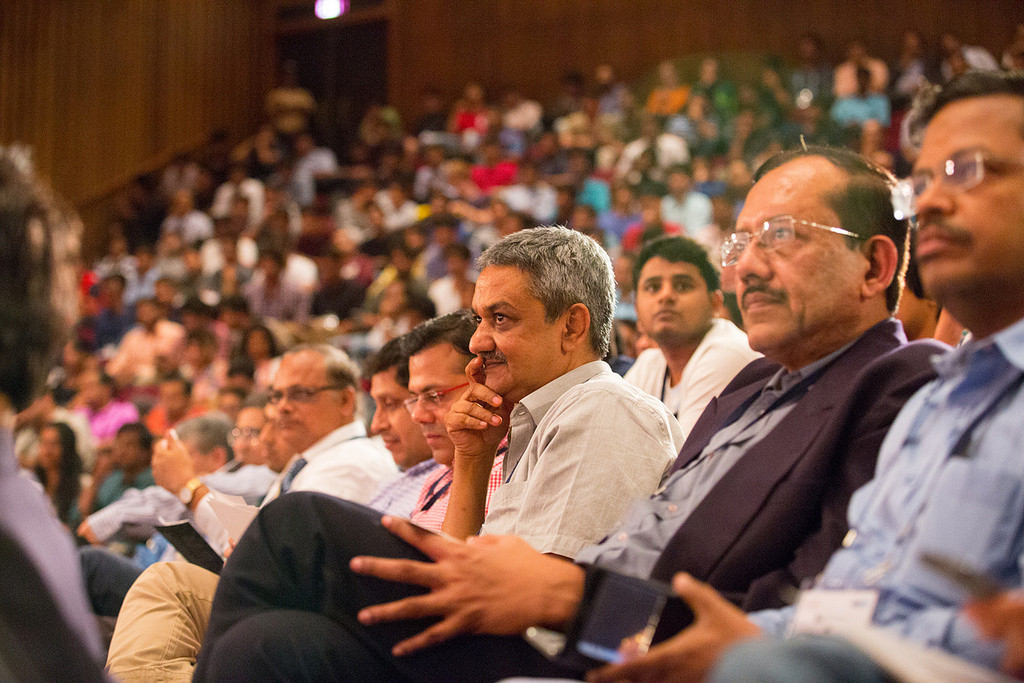
 The registration was smooth – go to the designated counter, pick your tag, go online.
The registration was smooth – go to the designated counter, pick your tag, go online.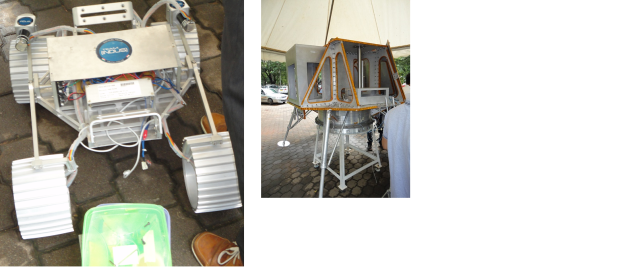



 .
. .
.
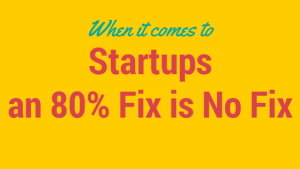 In this polytheistic world of entrepreneurs, who is the Startup Initiative for? If it’s for all the various types of entrepreneurs, then it will quickly succumb to the 80% syndrome. Policy-makers will address things that are the common denominator for all types of entrepreneurs. While this is necessary , it’s not sufficient. As any product manager in the technology industry will tell you, this 80% fix is a recipe for failure.
In this polytheistic world of entrepreneurs, who is the Startup Initiative for? If it’s for all the various types of entrepreneurs, then it will quickly succumb to the 80% syndrome. Policy-makers will address things that are the common denominator for all types of entrepreneurs. While this is necessary , it’s not sufficient. As any product manager in the technology industry will tell you, this 80% fix is a recipe for failure. Each of these types of entrepreneurs is in pain today . Last year 54% of the funded technology startups redomiciled themselves outside India. This year, iSPIRT estimates, the exodus has accelerated and the number of companies redomiciling out of India will be
Each of these types of entrepreneurs is in pain today . Last year 54% of the funded technology startups redomiciled themselves outside India. This year, iSPIRT estimates, the exodus has accelerated and the number of companies redomiciling out of India will be 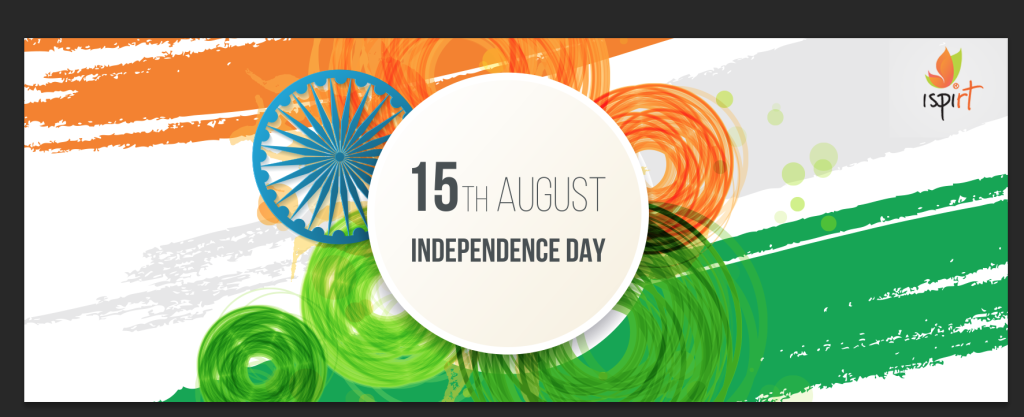 In conversations with other people in the ecosystem over the last month, there has been a realisation about the need to create what we call category leaders in the product space.
In conversations with other people in the ecosystem over the last month, there has been a realisation about the need to create what we call category leaders in the product space.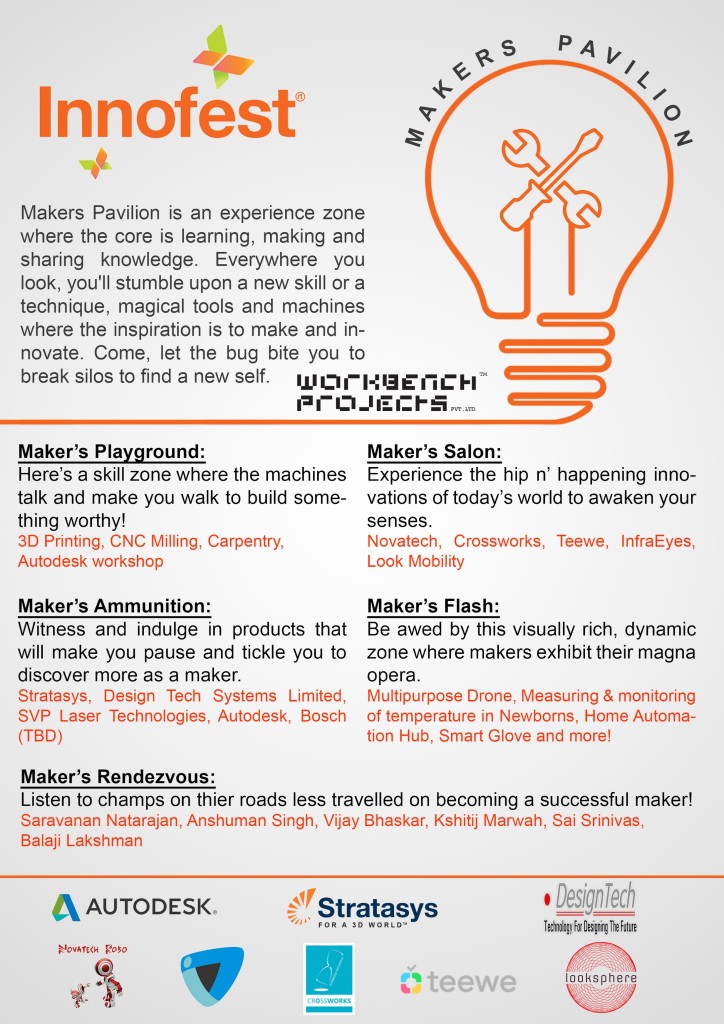
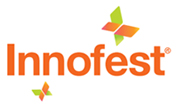 The stage is set, I have received my invite to Innofest’15 and look forward to the day with great anticipation. I have just completed my engineering degree from Davanagere, and have received two offers, both through campus interviews. Both seem interesting, and both are in technology, after all thats where everything is today.
The stage is set, I have received my invite to Innofest’15 and look forward to the day with great anticipation. I have just completed my engineering degree from Davanagere, and have received two offers, both through campus interviews. Both seem interesting, and both are in technology, after all thats where everything is today.